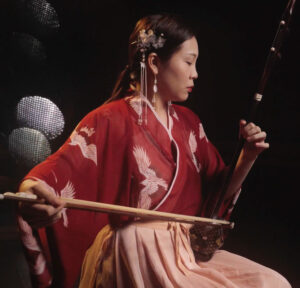 Beyond Violin – Influences Violinists Should Study
Beyond Violin – Influences Violinists Should Study
Mastering the violin involves more than just perfecting technique and memorizing pieces. To truly understand and interpret the music, violinists should explore a wide range of influences beyond their primary instrument. Beyond violin – influences violinists should study; here are some key areas of study that can enrich a violinist’s musical expression and performance…
Vocal Music
Studying vocal music is incredibly beneficial for violinists. Vocal pieces offer insight into phrasing and lyrical expression, which can be directly applied to violin playing. Listening to and analyzing operatic arias, lieder, and choral works can help violinists learn how to make their instrument “sing.” Pay attention to how vocalists use breath control, dynamics, and articulation to convey emotion and narrative, and try to emulate these techniques on the violin.
Piano Music
Piano music provides a different perspective on harmony and texture. Pianists often play multiple lines of music simultaneously, offering a broader understanding of harmonic structure and voice leading. By studying piano pieces, violinists can gain a deeper appreciation of how their part fits into the overall musical context. Pieces by composers like Bach, Beethoven, and Chopin can be particularly enlightening, showcasing intricate counterpoint and harmonic richness.
Language and Phrasing
Understanding the native language of a composer can significantly impact how a violinist interprets their music. The natural rhythm and intonation of a language often influence the phrasing and articulation in music. For example, German composers might have a different sense of rhythm and phrasing compared to French or Italian composers. Studying the language and its phonetic characteristics can provide clues to more authentic interpretations of the music.
Native Instruments
Exploring the native instruments of a composer’s culture can also provide valuable insights. For instance, the unique sound qualities and playing techniques of instruments like the harpsichord, lute, or even non-Western instruments can influence how a piece is performed. Understanding these instruments helps violinists appreciate the original timbres and stylistic nuances intended by the composer, allowing them to bring more authenticity to their interpretations.
Expanding one’s musical horizons by studying vocal pieces, piano compositions, language, and native instruments can greatly enhance a violinist’s artistry. These influences provide a deeper understanding of musical expression, phrasing, and context, enabling violinists to deliver more nuanced and compelling performances. By integrating these diverse elements into their practice, violinists can unlock new levels of creativity and emotional depth in their playing. For more insightful Violin Blogs, view CVC Blog Page here.. CVC Blog.
